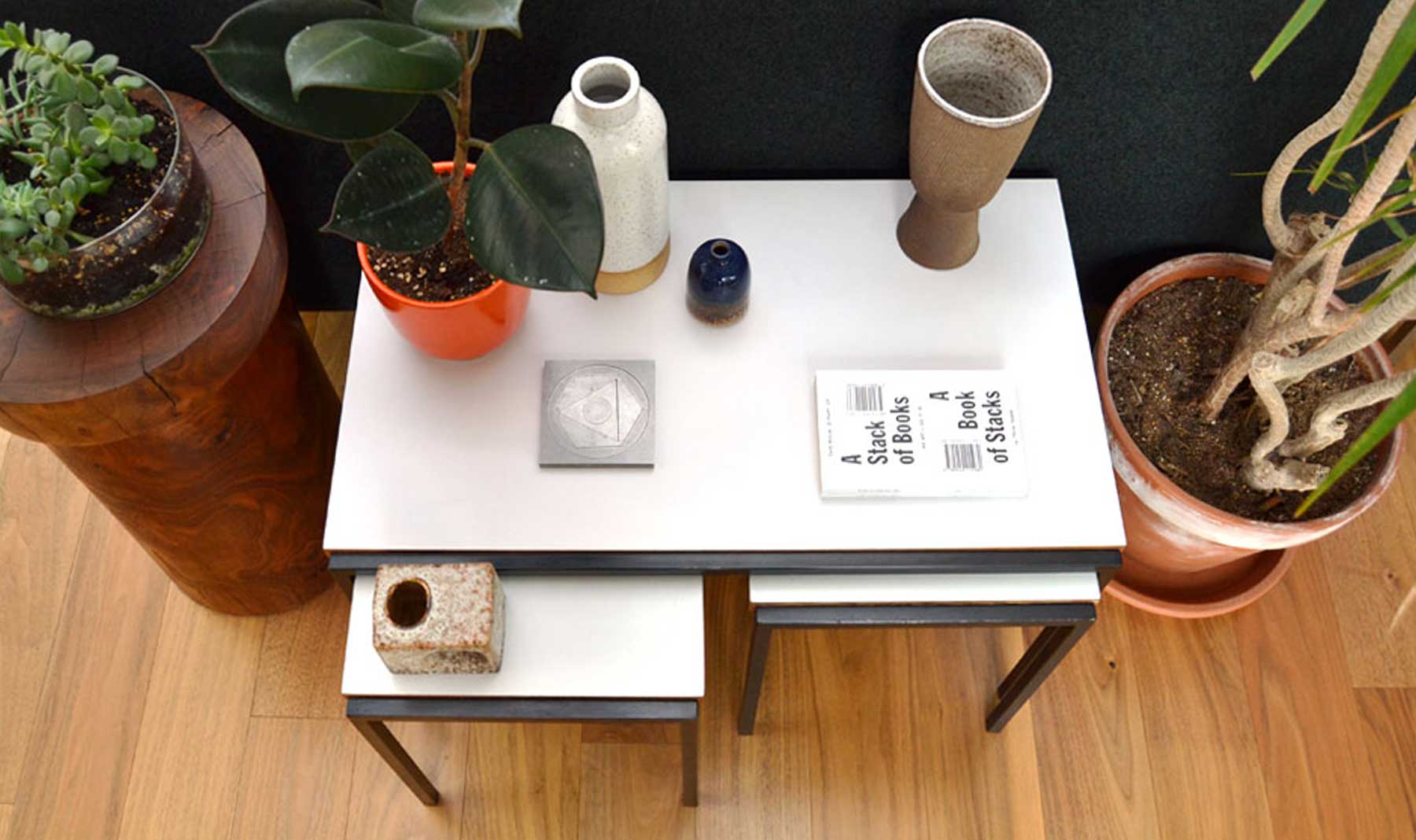More and more, men are creating their own spaces to live in. But while there are literally a million bazillion ladies mags, there are zero resources out there for men.
That’s what Tariq and Nick found when they each moved into new apartments. So this year they started TRNK, to help “redefine how men think about and shop for the home.” They wanted to create “a destination for masculine design, to celebrate evolved notions of male domesticity.” It’s part magazine, part marketplace, all to offer inspiration and guidance. In short: it’s the kind of resource they, themselves needed.
Needless to say, it’s been a hit. Within months, they landed on GQ’s radar, and are now writing a column for that monument to men’s style. TRNK’s site has a blog with tips on men’s decor, as well as a section with stories about men who’ve created their own spaces.
Here are their favourite tips for creating a masculine space.
1. MIX & MATCH
Designer Suzanne Kesler once said “A room should feel collected…not decorated.” These words are especially true for men – we never want to look like we’re trying too hard, even if the reality is quite the contrary. An easy way to accomplish this “understated” and “effortless” look is by incorporating elements from different design eras. Your antique Chesterfield sofa could actually look right at home next to your mid-century Barcelona chair – don’t be afraid to mix objects from completely opposite places and times.
Instead, be more discerning about the quality of each item. We strongly believe that well-designed items will look good in nearly any context. A bit of haphazardness only adds depth and character – and brings you one step closer to having an original home, rather than a designer’s showroom.
2. ADD SOMETHING OLD
We know that vintage products will add character to any space. However, they also contribute to another trait that men generally value in their homes, which is comfort.
Adding elements that are a little more weathered and worn naturally make a home feel more inviting. While your grandfather’s old cigar chair may be an artifact in its own right, it can make your space feel more like a home, rather than a museum.
Find things that have proven their durability through the test of time – that way, you can enjoy their function, instead of becoming preoccupied with their eventual depreciation.
3. LEATHER, WOOD, & METAL
This one probably needs the least explanation. Incorporating these three durable elements of nature are a fool-proof way of making a space feel more masculine. While leather and wood similarly evoke warmth, metal’s sleek finish provides a balancing contrast.
Most importantly, all three materials are built to last. Feel free to literally kick your feet up without any worry.
4. THINK CORNERS, NOT CURVES
Masculine rooms are generally abound with strong lines and sharp angles. The dramatic, clean lines used in mid-century design make it an ideal choice for seating and lighting. Another easy trick is to favor sharp corners over rounded edges.
This same theory can be applied to your artwork and textiles. Geometric prints are a safe bet when seeking to add a bit of pattern to your space. Try tribal motifs like Navajo rugs and minimalist artwork.
5. COLOR COMBINATIONS
Last, but certainly not least, is your choice of color. Fortunately, there is only one golden rule you have to remember – avoid pastels. Otherwise, you’re probably in the clear, but below are two palette options if you are still scratching your head for ideas.
Grayscale + Primary Colors: A color palette popularly used by minimalist artists, sticking to the most basic of colors will make your space feel both masculine and modern. White, black and gray should dominate, but be sure to include sufficient pops of color throughout. The easiest place to incorporate color is through decorative accessories like artwork, lighting and throw pillows.
Earthy Hues + Jewel Tones: If you are looking to create a space that is warm and inviting, earth tones are certainly the way to go. Be sure to include an abundance of natural materials like wood, leather and terra cotta, but offset the sea of brown by incorporating jewel tones like rich emerald, burgundy, teal and mustard. This can easily be done by adding an over-dyed rug, tribal textiles, ceramics and artwork.
This post is from TRNK. Find out more about Tariq and Nick. Read more of their posts and stories. Or read their column in GQ.










